AI and Robotics are Reshaping the Workforce Faster than we Expect
Dec 11, 2020
By Tiffany Harper
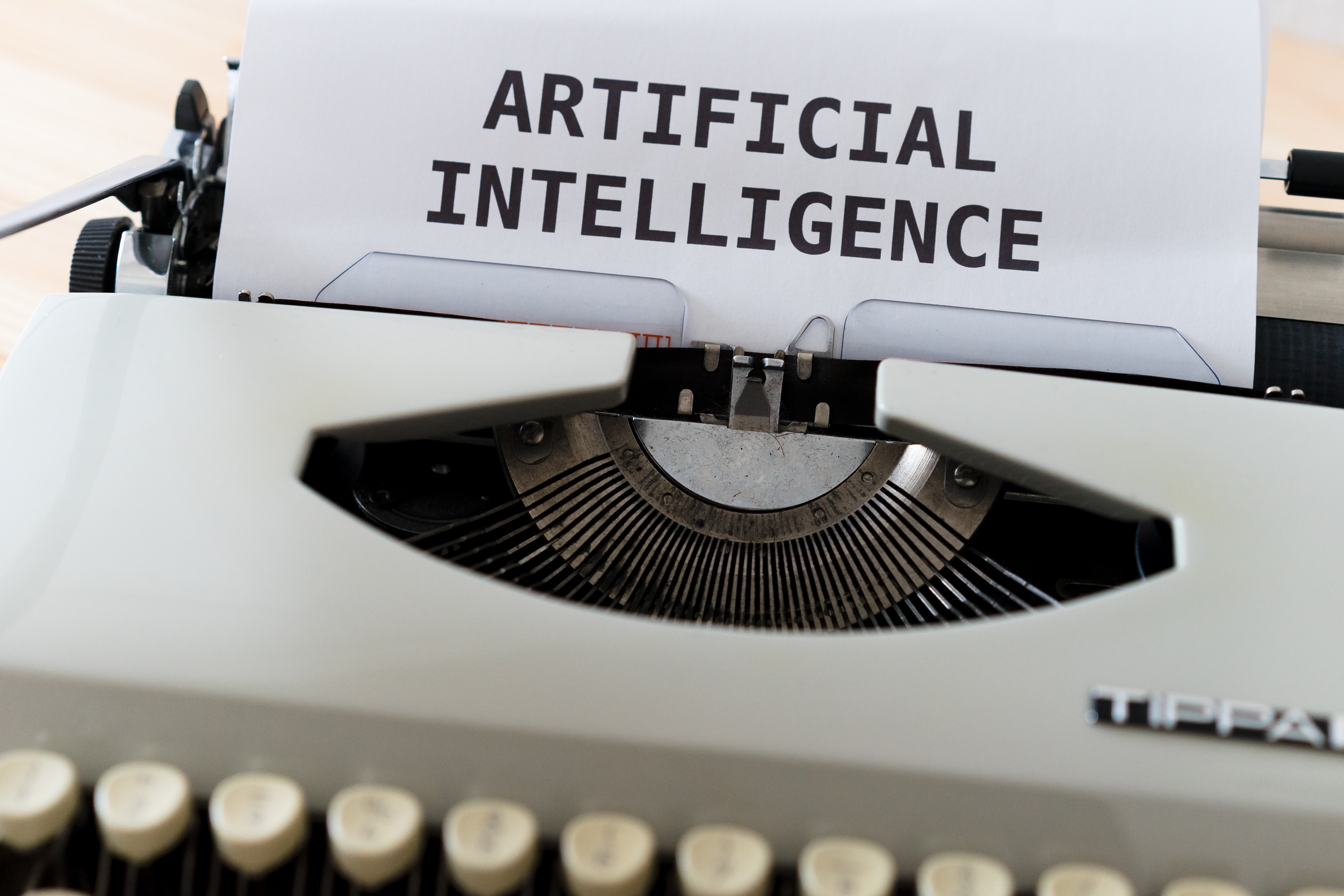 Photo my Markus Winkler https://unsplash.com/
Photo my Markus Winkler https://unsplash.com/
Artificial Intelligence (AI) and robotics have been around for decades and it’s not unusual to see them in all sorts of industries in 2020. What is surprising is the sheer scope of their influence that promises to skyrocket in the years to come.
What seems to be the reason for such a sudden and drastic acceleration of these two technologies?
The answer is simple: COVID-19. Ever since the outbreak of the coronavirus pandemic, businesses of all sizes had to find a way to adapt and keep their organizations productive as usual. This is exactly why AI and robotics are reshaping the workforce much faster than anyone could have guessed.
According to the report, the coronavirus pandemic reshaped tech priorities for 95% of companies. They tend to deploy new technologies in order to maximize productivity and perhaps even reduce the number of human jobs in certain departments.
But how are AI and robotics really influencing employees? We will check out the challenges the 21st-century workforce is facing and see some of the most popular business use cases of AI and robotics. Let’s take a look!
Examples of Automation in Modern Businesses
From education practitioners and essay writers to marketing specialists and engineers, everyone seems to be using state of the art tools and platforms these days. AI and smart machines have so many use cases that it’s practically impossible to name the most important examples, but we can describe a few solutions that are already well-known and very popular among businesses of all sizes. Here are some of them:
Big data analyticsA typical employee can make incredible conclusions from a simple pie chart or quarterly report, but the human brain does not have the processing power needed to analyze thousands or millions of files and data inputs simultaneously.
But AI does.
As it turns out, unstructured data is a problem for 95% of businesses simply because human workers are not able to filter through enormous data libraries and draw meaningful conclusions. On the other side, big data analytics helps companies to collect information and gain useful insights regardless of the available data volumes.
Customer support via chatbotsA chatbot represents a simple example of AI, but it plays a major role in today’s businesses. You can see chatbots on almost every website. You can check for example Dissertation-today.com to see a chatbot in action.
But how does it affect the workforce? You can probably guess that chatbots jeopardize human workers simply because they can handle hundreds of requests simultaneously without ever taking a break or a vacation.
Chatbots can successfully process the vast majority of customer complaints and they get smarter over time, which practically turns them into a perfect customer service machine.
Marketing personalizationHave you ever noticed how Facebook is constantly showing you ads related to the products you’ve researched online? Well, that’s just AI and robotics doing their thing in the marketing sphere.
Traditional marketing used to rely on the man-made campaigns that targeted mass audiences with the same message. Today, automation platforms enable businesses to track each lead individually and display personalized messages in real-time.
Although it doesn’t eliminate the need for human labor, it definitely forces marketing managers to adjust and gain new skills in order to stay relevant and competitive.
Sales and pricingReal-time pricing adjustments are yet another trend that emerged in the age of AI and robotics. You probably know how it works – intelligent sales platforms analyze supply and demand on the go and they adjust prices accordingly.
For example, airline companies use this technique to keep their pricing plans up to date and maximize revenue. This concept is not exactly threatening sales agents and jeopardizing their jobs, but it does show how a huge portion of the sales process can be managed with little to no human intervention.
Common Challenges Employees Are Facing in the Automation Era
With everything we’ve stated so far, it is clear that the 21st-century worker is facing some serious challenges due to the growing popularity of AI and robotics. These challenges vary across industries, but the truth is that the following threats are by far the most common:
Loss of jobs
According to a recent study, 45% of work activities could be automated and thus affect workers in a wide variety of roles. It doesn’t mean that nearly half of all employees will be replaced by robots and AI, but the danger is real and some people will certainly lose their jobs in the years to come. It will force many workers to gain new skills and focus on a different kind of work.
Sudden productivity dropsEmployees are becoming lifelong learners who have to master new tools and platforms every once in a while. In such circumstances, we are going to witness sudden drops in productivity whenever a new AI-based program starts dominating a given industry. The reason is simple – employees will take some time before getting used to new processes and operational mechanisms.
Long learning curves
Another problem is that certain programs and methodologies based on AI and robotics have a long and steep learning curve. Jake Gardner, a tech blogger who makes superior essay writing service reviews, claims that AI is still a bit too advanced for some employees: “Automation platforms provide companies with a plethora of new features, so it’s hard to expect anyone to fully grasp and embrace the new system in a few days or even weeks.”
AI and robotics require substantial investments
Employees are not the only ones who feel the consequences of AI and robotics. On the contrary, their employers are also realizing that new technologies require substantial investments. It’s a big factor that may as well slow down the automation process because not everyone will be eager to spend a small fortune on minor business improvements.
The Bottom Line
AI and robotics maximized the profitability of numerous businesses, but they also reshaped the traditional workforce and jeopardized many jobs and even entire sectors across certain industries. While we are still far away from seeing robots completely replacing human workers, we are definitely witnessing a huge shit in workforce trends.
It’s a genuine challenge for employees and employers, which is why we discussed the most important problems they are going to face in the coming years. Do you think AI and robotics will change human labor for good? Let us know in the comments!
Discover more about AI with RobotLAB!
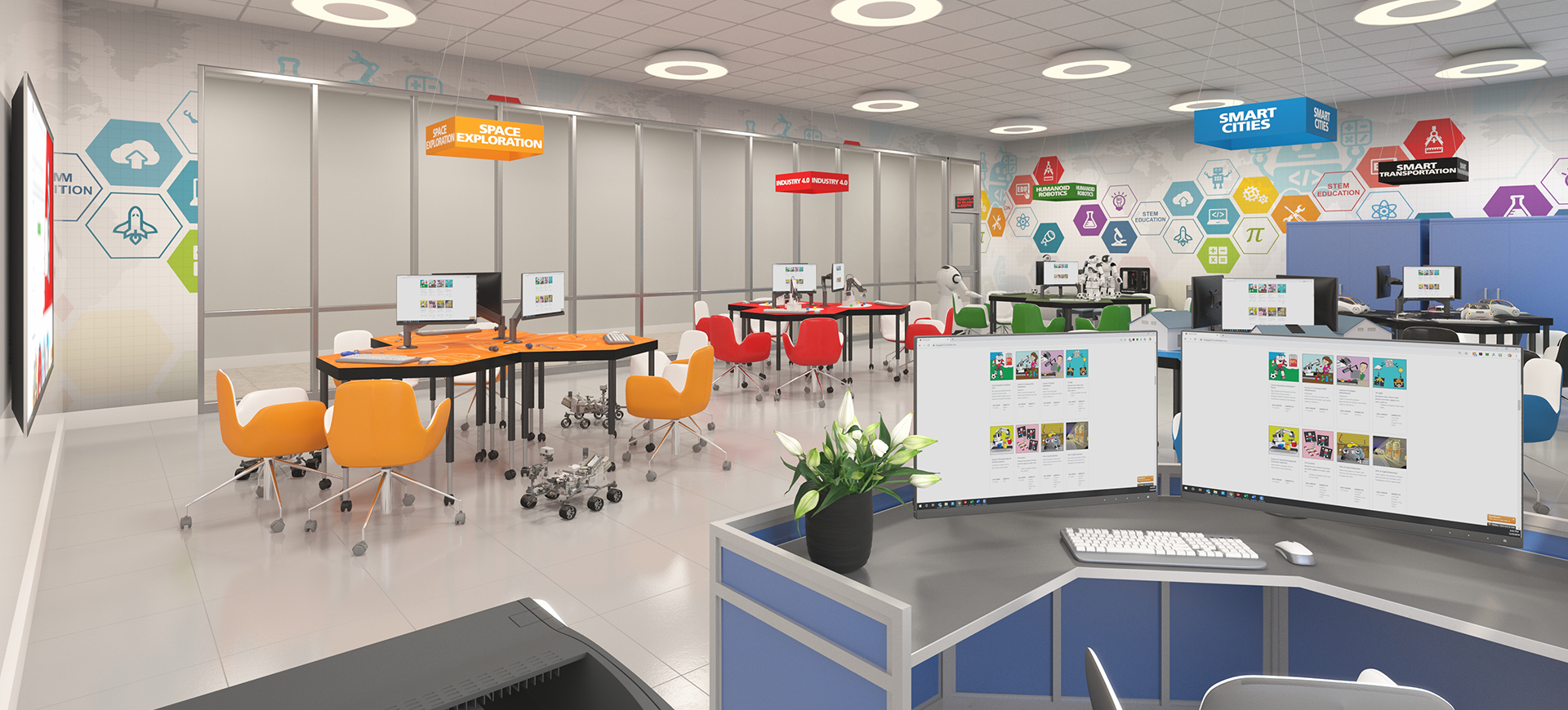
Author bio:
Tiffany Harper is a training guru who’s been working in the corporate sector for over a decade now. She is a management graduate and loves to share her experience through blogs and articles. For her love of writing, she also provided freelance consultations for papers writers and the best assignment writing service in the UK while working with My assignment help Australia.



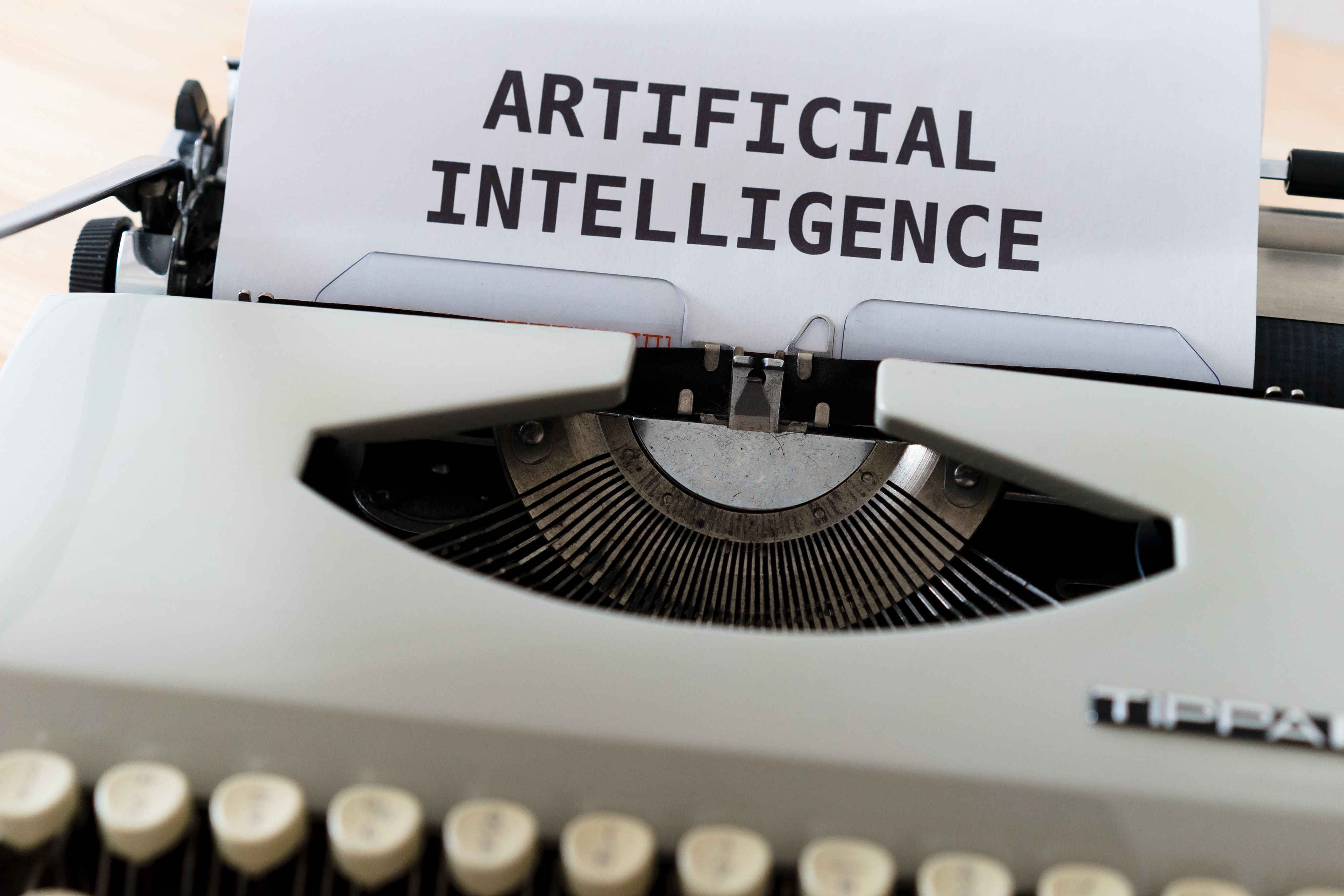
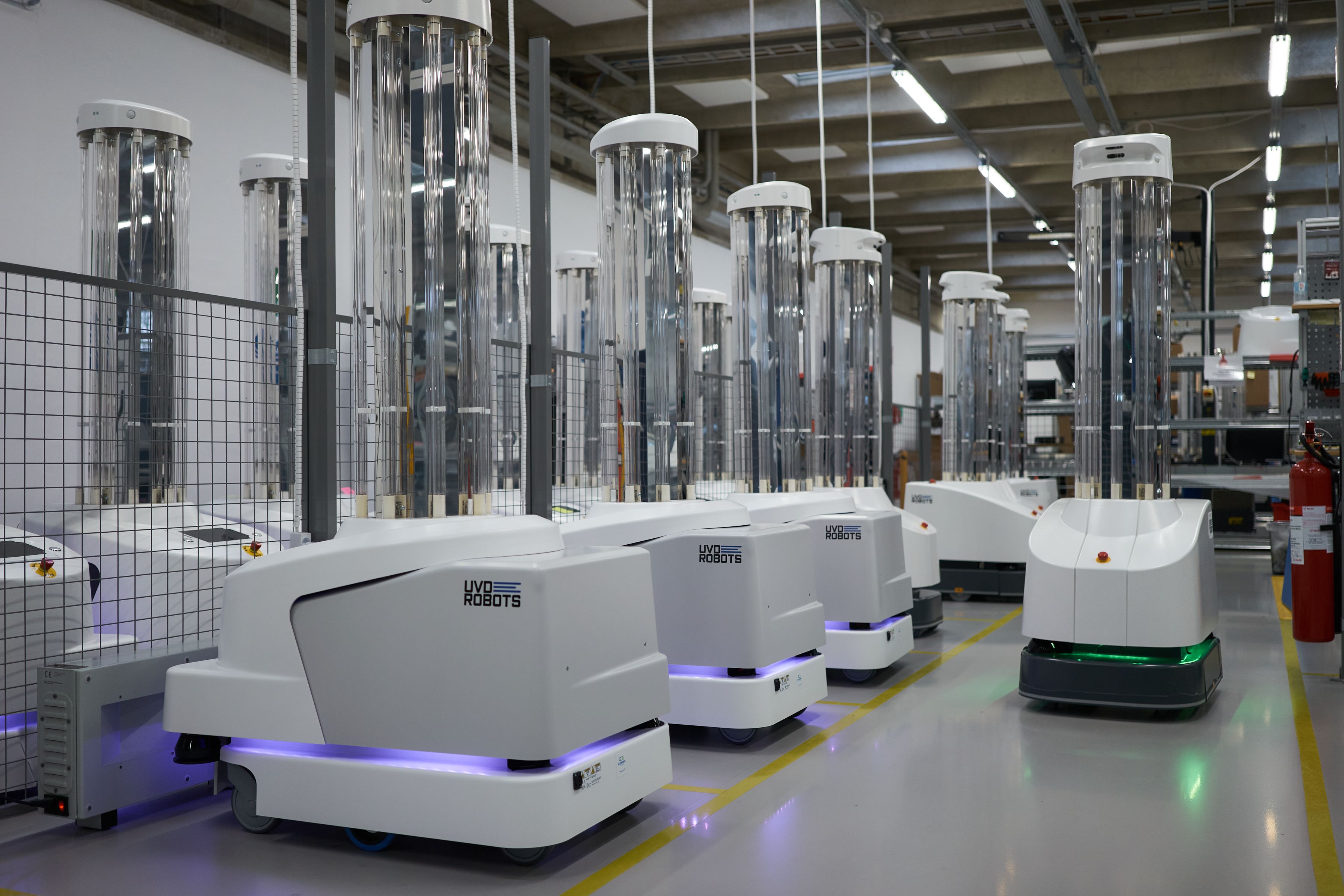




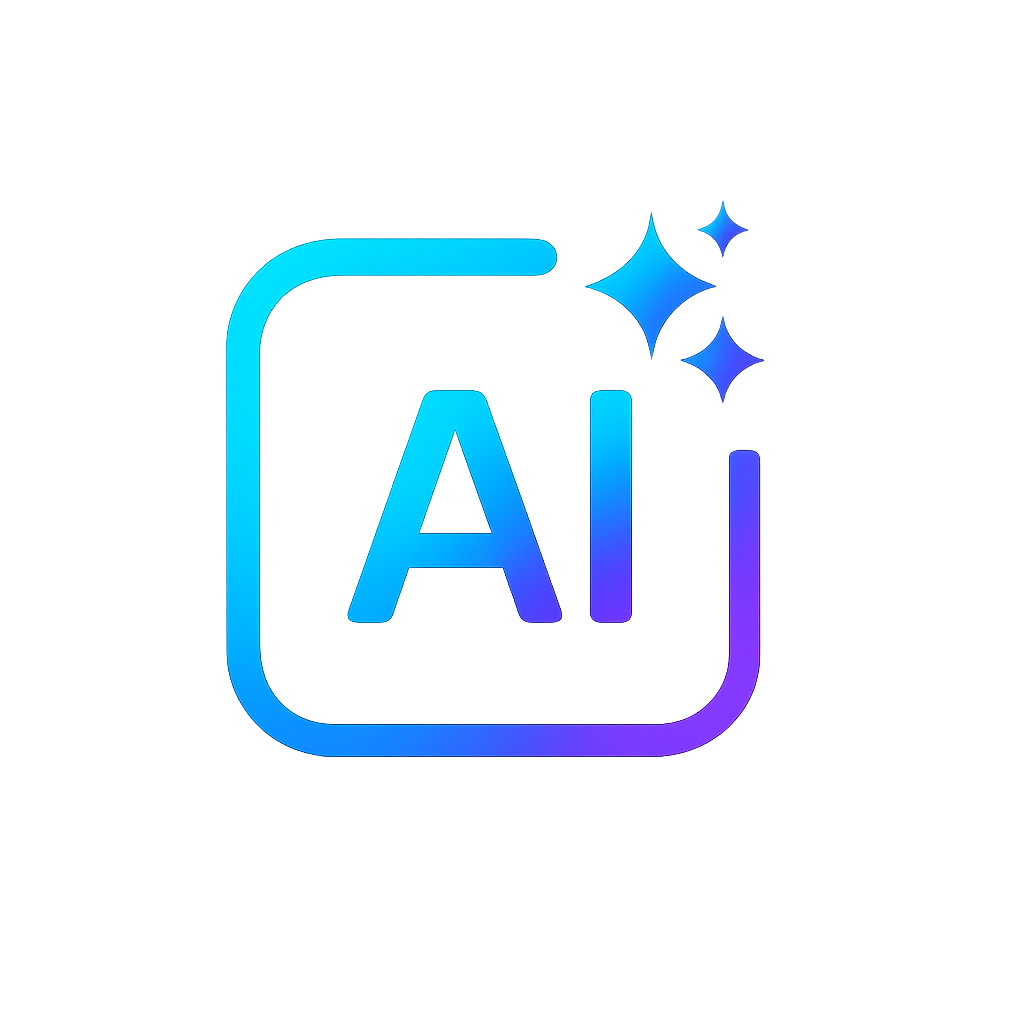 Too much to read? Don't have time?
Too much to read? Don't have time? 

.webp?width=124&height=124&name=image%20(1).webp)
.webp?width=169&height=87&name=image%20(2).webp)













